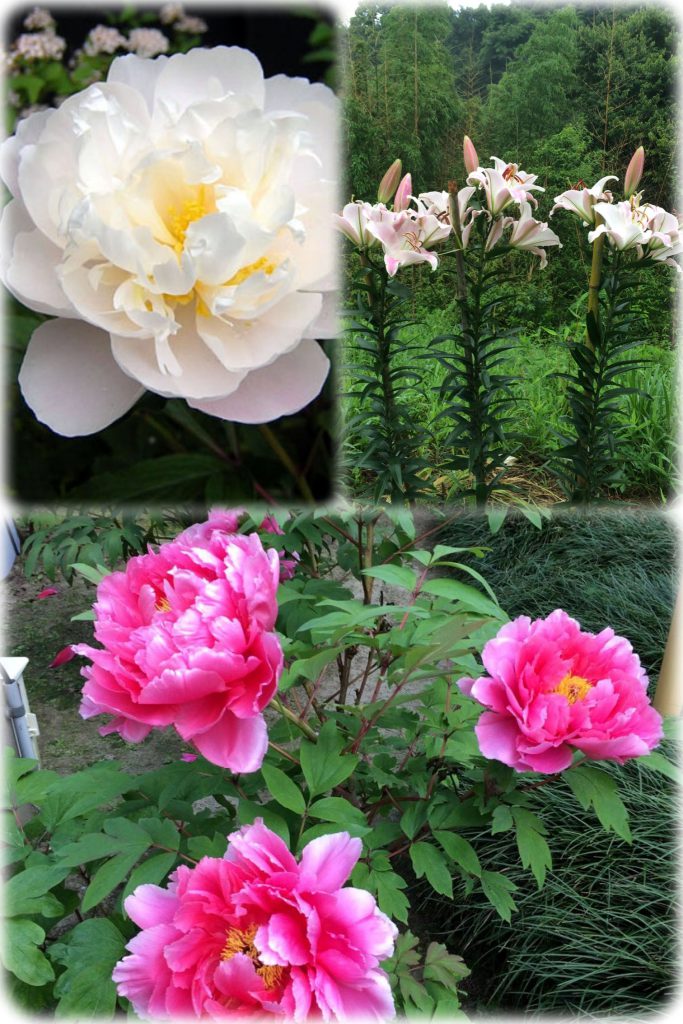
“Peony when standing, Japanese peony when sitting, lily flower when walking” — A word often referred to as an expression that describes a beautiful woman. It is said to be a word that was sung and spread in Dodoitsu(a traditional popular love song sung to a samisen accompaniment) during the Edo period, but it seems that the original text is “Shennong Ben Cao Jing”, a classification book of Chinese herbal medicines. By approaching it, the roots of peony have the effect of relieving pain and muscle stiffness, the Japanese peony skin has the effect for “blood static (a state in which blood is stagnant in the abdomen)”, and the bulbs of lilies have the effect of relieving psychosomatic disorders. Both were used as Chinese medicine for women. It has become a Dodoitsu that represents the beauty of women’s behavior. Also, during the Edo period, gardening became very popular, and Dodoitsu came to be used as a way to appreciate flowers. Peony is best viewed standing up, Japanese peony is most beautifully viewed while sitting, and lily is best viewed while walking.
季語てんこ盛りの破格の俳句に挑戦しました。「立てば芍薬、座れば牡丹、歩く姿は百合の花」— 美人を形容する表現としてよく引き合いに出される言葉です。江戸時代に都々逸に歌われて広まった言葉だと言われていますが、もともとは漢方の生薬の分類本「神農本草軽」が原典のようです。それに寄ると、芍薬の根には痛みや筋肉のこわばりを取る効果があり、牡丹の皮には「お血(腹部に血が滞った状態)」に効果があり、百合の球根には心身症などに効果があるそうです。いずれも女性用の漢方として利用されました。それが女性の立ち居振る舞いの美しさを表す都々逸になりました。また、江戸時代は園芸が大流行し、この都々逸が花を観賞の仕方にも使われるようになりました。芍薬は立って見るのが一番であり、牡丹は座ってみるのが最も美しく鑑賞でき、そして百合は歩きながら眺めるのが最も良いと。
